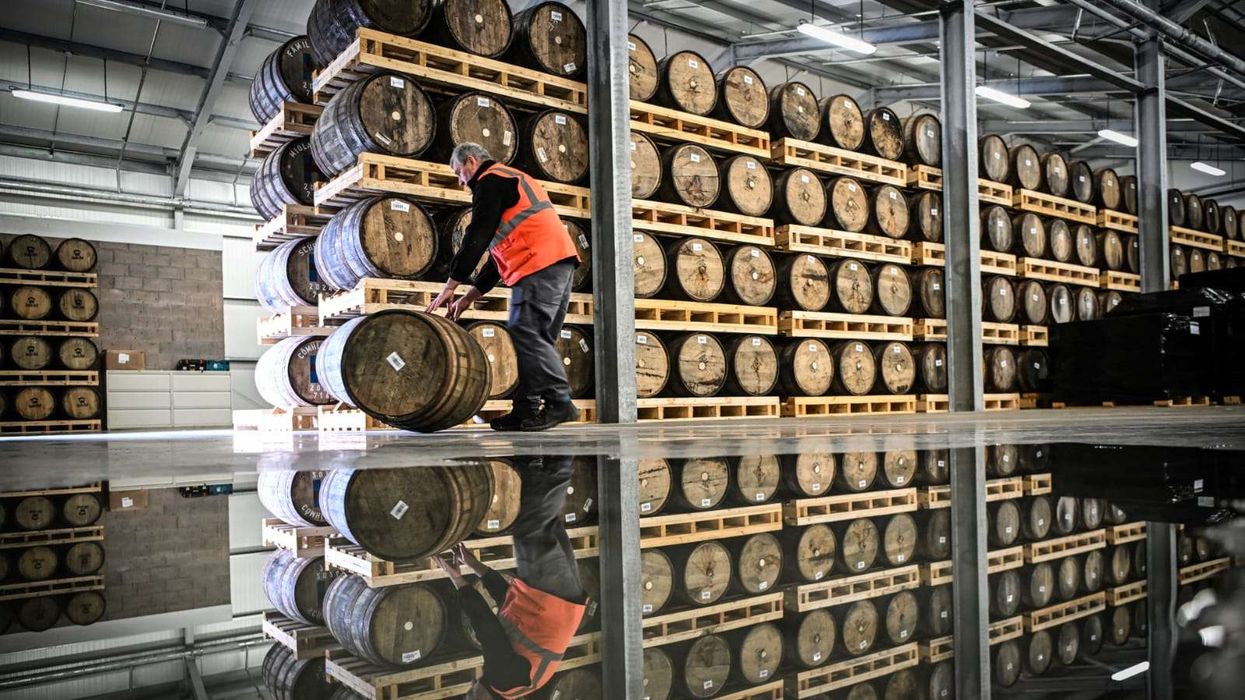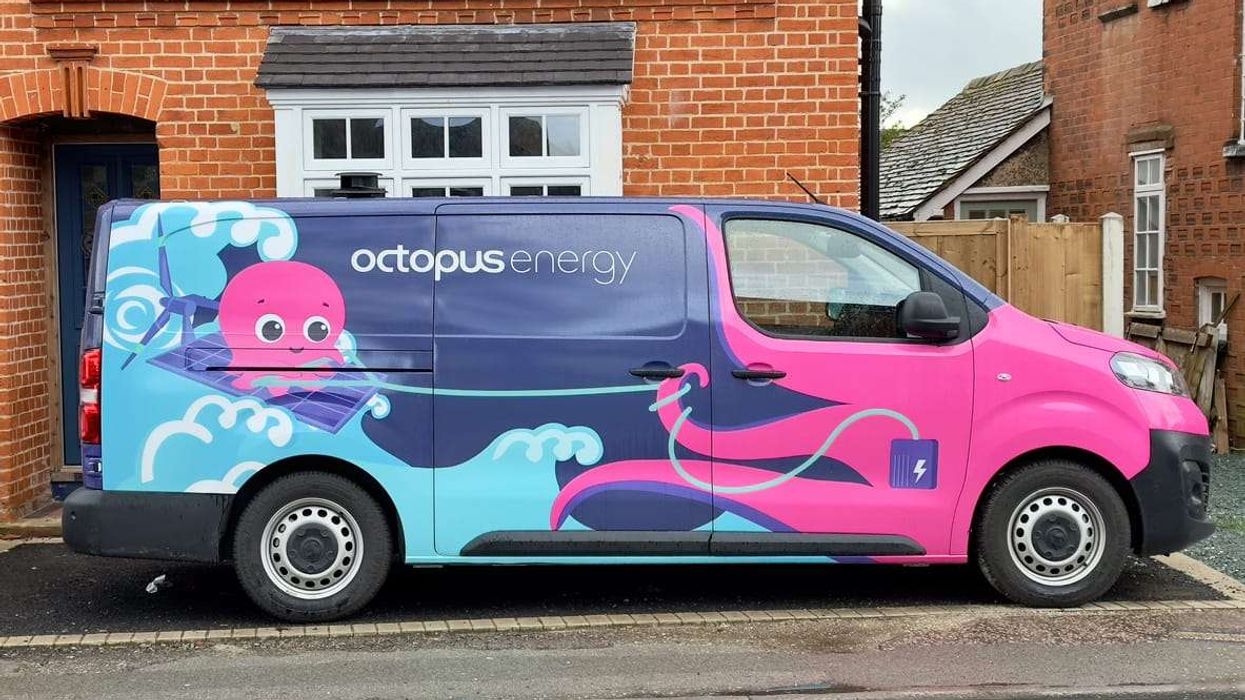Tata Steel on Thursday (6) announced a "ground-breaking" new sustainable technology which could save half the amount of carbon dioxide released during steelmaking following tests at its Ijmuiden site in the Netherlands.
Its HIsarna technology for producing iron consists of a reactor in which iron ore is injected at the top. The ore is liquefied in a high-temperature cyclone and drips to the bottom of the reactor where powder coal is injected. This significantly reduces the number of energy-intensive steps required for the traditional steelmaking process, the Indian steel major said.
"HIsarna’s results show we can make a significant contribution to improving the sustainability of steel production with this Tata Steel technology,” said Hans Fischer, chief executive officer and chief technical officer of Tata Steel’s European operations.
"The development of this technology forges our ambition to become a steel company which is sustainable in all respects," he said.
The company said that testing has shown this technology can lead to a significant reduction in CO2 emissions from the steel production process. During the final test campaign, experiments were done with the use of steel scrap and biomass. This revealed it was possible to achieve a CO2 reduction of more than 50 per cent.
Tata Steel’s HIsarna plant has now become a permanent part of the production chain at the IJmuiden site, with molten iron joining that from the blast furnaces in the steelmaking process.
Meanwhile, the design of an industrial scale HIsarna plant capable of making up to 20 times more liquid iron has started. It could be put into operation in seven years, Tata said.
The HIsarna technology reduces CO2 emissions and energy consumption through a number of ways, including by using iron ore and pulverised coal without having to pre-process the raw materials in separate coke, sinter or pellet factories. In the past six months, tests have been done with the use of steel scrap in the HIsarna reactor.
This showed that up to 53 per cent of material added to the process could be made of scrap steel, reducing the requirement for raw materials compared to the blast furnace process.
The next steps in testing the HIsarna installation include identifying the ideal raw material mix, investigating the options to recycle steel slag, testing the use of CO2 to inject raw materials, investigating the recovery of zinc and studying the possibilities for capturing and storing CO2 – expected to have the potential of reducing traditional steelmaking CO2emissions by around 80 per cent.
Around Euros 75 million have reportedly been invested in developing HIsarna, the name being an amalgam of the ancient Celtic word for iron (Isarna) and the name of the melting vessel (Hismelt).











